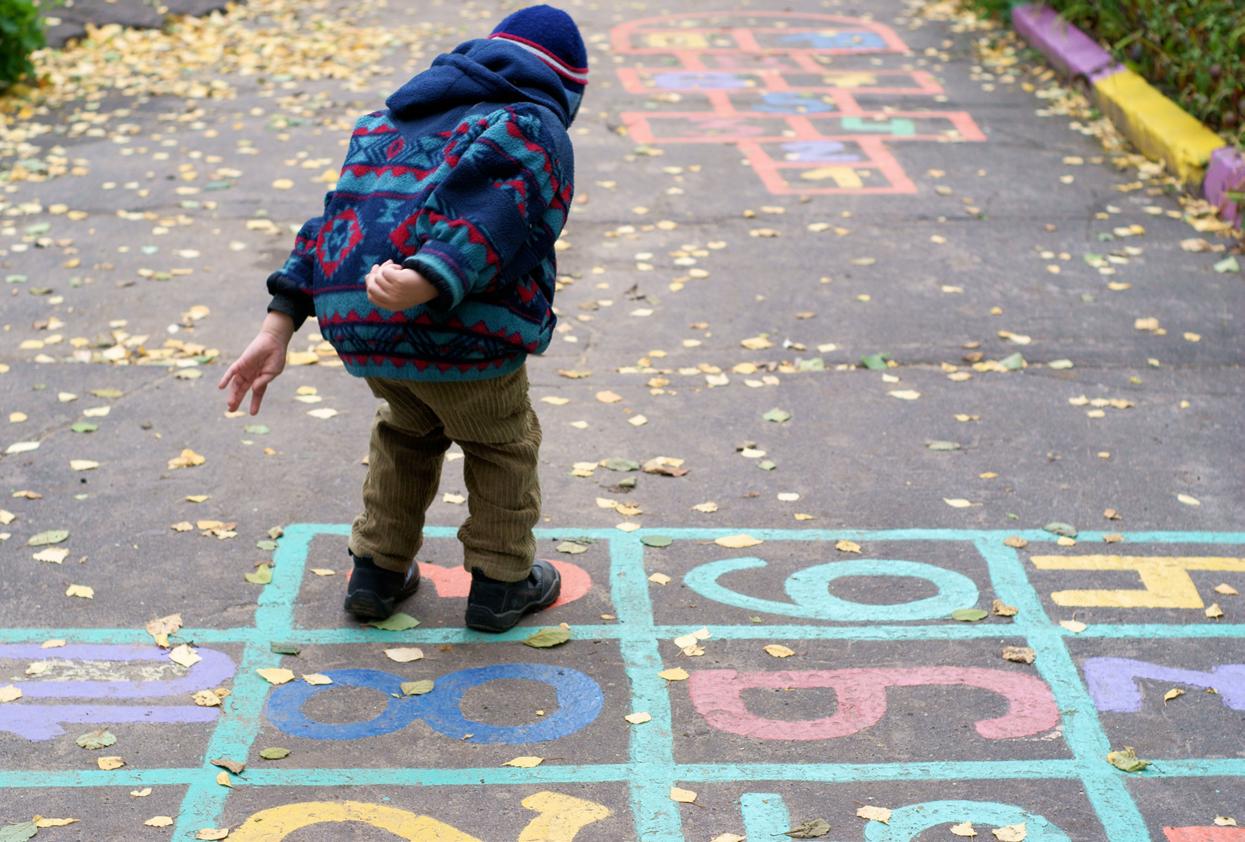
2 minute read
European Union and guidance on unaccompanied minors
Figure 2. Key elements (non-exhaustive) of the best interests of the child, indicating the legal instruments as reference
Source: European Asylum Support Office EASO: Practical guide on the best interests of the child in asylum procedures (p. 20 6 ).
European Union 7 and guidance on unaccompanied minors
Unaccompanied children in migration require specific and appropriate protection. They are in a state of particular vulnerability due to their age, distance from home, and separation from parents or carers. They are exposed to risks and have possibly witnessed extreme forms of violence, exploitation, human trafficking, physical, psychological, and sexual abuse before and/ or after their arrival on EU territory. • They may risk being marginalised and drawn into criminal activity or radicalisation. Unaccompanied children as a particularly vulnerable group are more easily influenced by their environment. • Unaccompanied girls are at special risk of forced and early marriages, as families struggle in straitened circumstances or if their families wish to see their daughters married in order to protect them from further sexual violence. Unaccompanied girls could furthermore already have the responsibility of caring for children of their own. • In addition, unaccompanied children with disabilities are particularly vulnerable; they are at a high risk of being victims of violence. • Unaccompanied children may also be particularly vulnerable due to their sexual identity, sexual orientation, or gender expression. It is therefore a priority for the EU to protect children in migration – unaccompanied children
in particular – and to ensure that their best interests are respected regardless of status and at all stages of migration. Assessing the vulnerabilities and addressing the needs of unaccompanied children does not mean that their strengths should be overlooked.
The European Commission’s Action Plan on Unaccompanied Minors 2010–2014 8
proposed an EU approach based on three main strands for action: prevention of unsafe migration and trafficking; reception and procedural guarantees in the EU; and identification of durable solutions. It set out the goal that a decision for each unaccompanied minor should be taken by competent authorities – preferably within six months – from the moment the child is detected on EU territory or at EU borders.
In addition to different funding mechanisms,

such as the Asylum, Migration and Integration Fund, the European Union has several other tools on migration and asylum affairs. The European Migration Network (EMN) 9
provides up-todate and comparable information on migration and asylum, including country factsheets, to support policymaking in the European Union. The European Asylum Support Office 10
(EASO) is a European Union agency set up to provide technical and operational support to Member States on the many aspects of asylum. For this report, the two EASO guidance reports are the most relevant: • Practical guide on the best interests of the child in asylum procedure 11 • Guidance on reception conditions for unaccompanied children: Operational standards and indicators. 12







